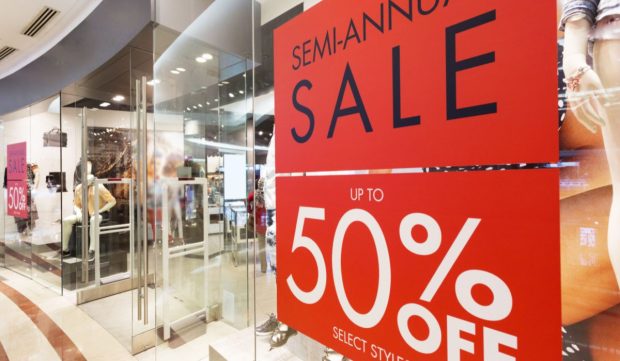Retail Inventories Swell as Shoppers Cut Back, Driving Discounts

U.S. retailers can’t seem to hit the right balance of stocking their shelves — they previously were scrambling to fill them, and now they have so much merchandise that they face a surplus, Reuters writes.
Many must now start discounting unsold goods.
This could be a new frontier of troubles for the market, with soaring gas prices and inflation already giving them woes.
Consumers’ tastes have been undergoing shifts, too, which also leads to too much merchandise and more forced discounts.
Average retail inventories have been rising at a quick clip. Research from Citi says 11 of the 18 retailers they studied showed inventories rising by 10% more than sales in their first quarter results — the biggest gap since the pandemic began.
This is happening because the supply chain crisis caused retailers to go on buying sprees in which they bought up much more merchandise than usual so they’d have enough for shoppers who had a lot of savings and stimulus funds from earlier in the pandemic.
However, this didn’t seem to work out — analysts say the high inflation and prices have driven shoppers back away from big spending.
Because of this, Walmart and other retailers are discounting things and adding new promotions to get rid of the excess items.
The trends in retail have been in flux, with other reports saying the spending in department stores and discount chains has been rising even in spite of the more broad supply chain and economic issues.
PYMNTS writes that this could mean there’s a resilience to the various pressures like inflation.
Read more: US Consumers Boost Buys of Work Clothes, Staples
Macy’s, Dollar Tree and others reported strong sales. Clothing stores like Macy’s did well because people were buying more clothes in anticipation of going out in public more often.
